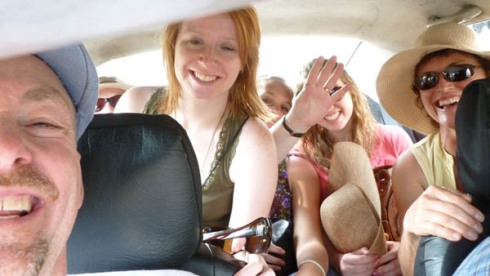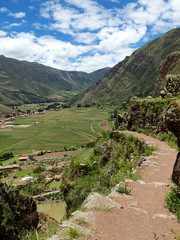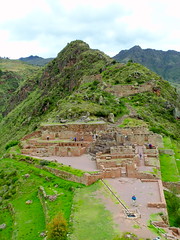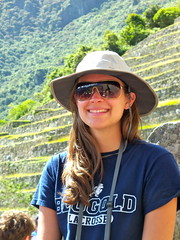Have you ever gone on a tour of a place? Did you find yourself reflecting upon it later and wondering how the local people view it? Do they agree with the general script the tour guide fed you? Or do they have their own stories and memories to share?
Brita, Lacey and I sat down to talk to a member of the waitstaff, Antonio, at the lodge we stayed at in the Colca Canyon and listened to his account of growing up in the region. Antonio was born in a tiny town in the valley but went to Arequipa when he was 9 years old to go to school. As he got older he studied hostelería, which prepares students to work in hotel and catering management. When he was 19 he returned to Colca and found a job in a hotel and has been working hard ever since. He began his job at the Colca Lodge in 2004 and was recently able to purchase 2 hectares of land for himself. His wife, Lucía, is able to work the land and take care of their animals while Antonio works at the hotel.

Lacey spoke with Antonio one afternoon during his break at the Colca Lodge. Photo by Brita Dallmann.
Antonio has dreamt of opening his own restaurant for as long as he can remember, and thanks to his job at the lodge he has finally saved enough to start the process. If all goes as planned, Antonio will be serving up delicious meals to the citizens and visitors of Chivay, a larger town in the canyon, by next year.















